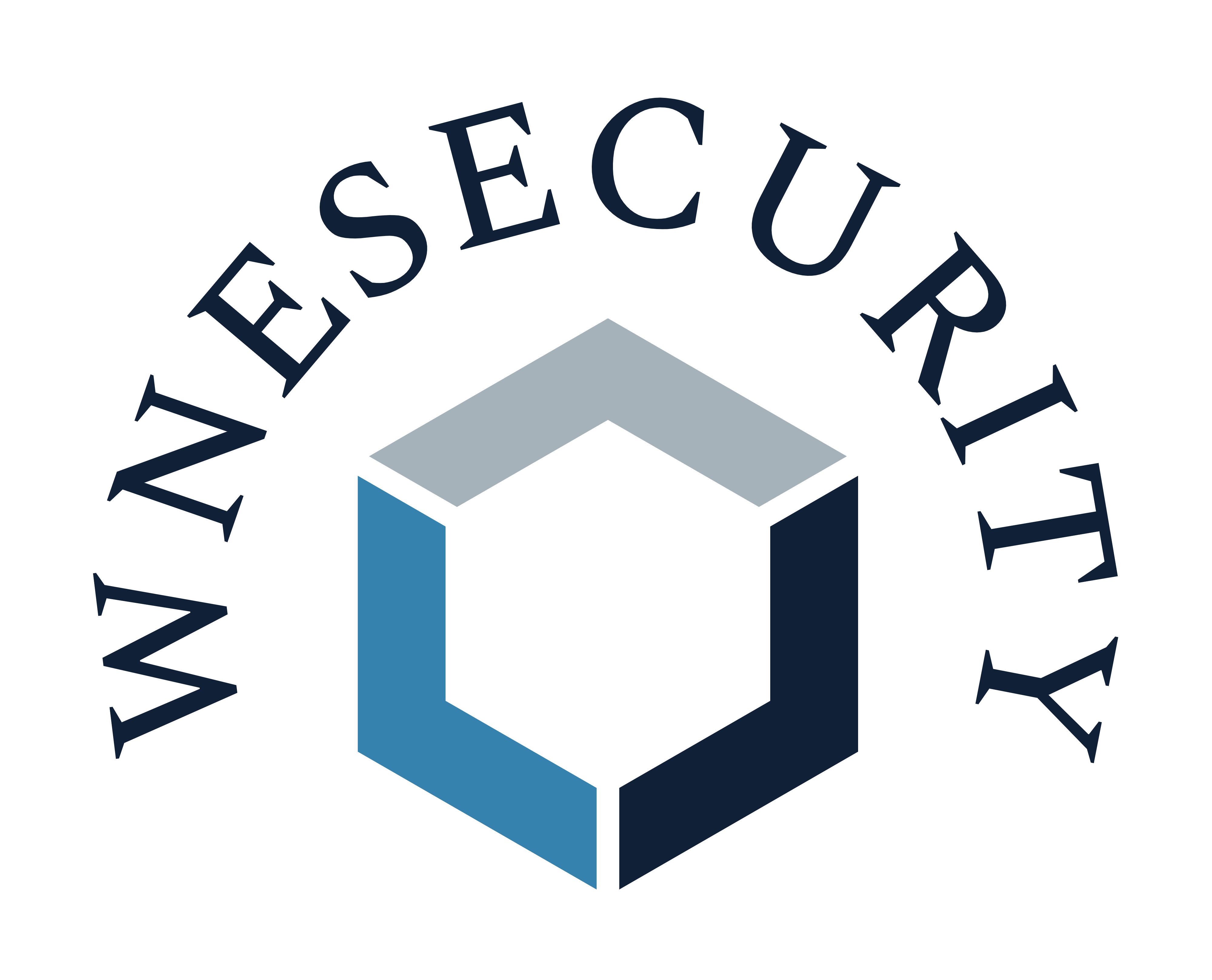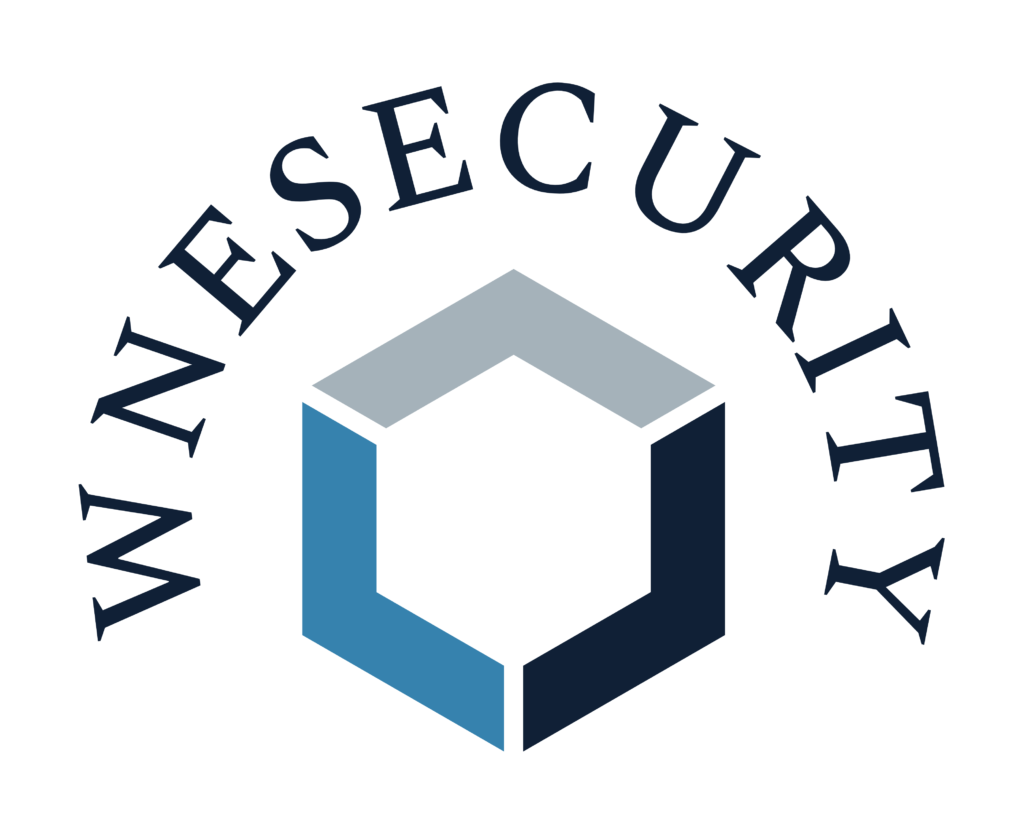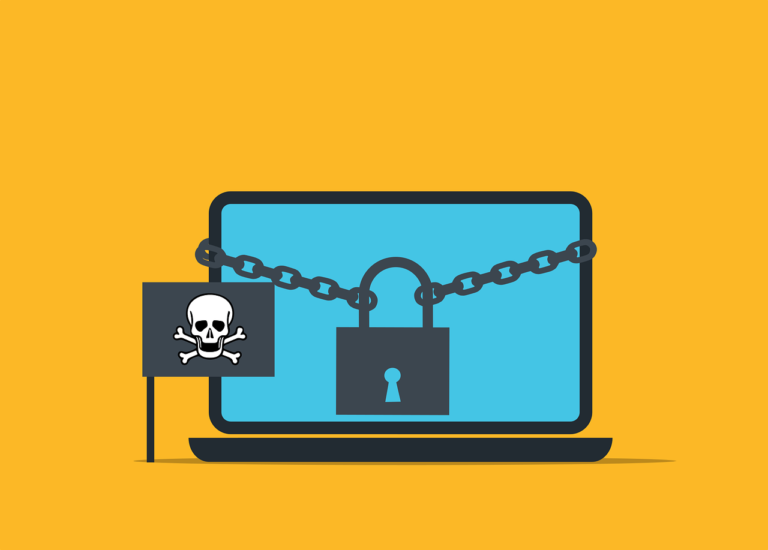WNE Security News
Read about “Microsoft Edge Security Settings to Secure Microsoft Edge” and the most important cybersecurity news to stay up to date with
Microsoft Edge Security Settings to Secure Microsoft Edge

WNE Security Publisher
1/21/2024

Learn Microsoft Edge Security Settings to Secure Microsoft Edge and how we can help keep you safe online.
Automatic Updates for Microsoft Edge
Automatic updates for Microsoft Edge are important for several reasons, primarily related to security, performance, and compatibility. Here’s why keeping Edge up-to-date automatically is crucial:
- Enhanced Security: The most critical aspect of automatic updates is security. Browsers are often targets for malware, viruses, and cyber-attacks. Regular updates include patches for newly discovered security vulnerabilities that could be exploited by attackers. By updating automatically, you ensure that your browser has the latest security measures in place to protect your data and privacy.
- Bug Fixes: Updates often include fixes for bugs that could affect the browser’s performance and stability. These bug fixes can resolve issues like crashes, slow performance, and other problems that could hinder your browsing experience.
- New Features and Improvements: Microsoft continuously works on adding new features and improving existing ones in Edge. Automatic updates ensure that you have access to the latest tools, enhancements, and user interface improvements, which can enhance your overall browsing experience.
- Compatibility with Websites and Web Standards: The internet is constantly evolving, with new web standards and technologies being developed. Regular updates ensure that Edge remains compatible with the latest web standards, ensuring websites and web applications work correctly and efficiently.
- Compliance with Regulatory Standards: For businesses and organizations, using a browser that is up-to-date is often a requirement for compliance with various regulatory standards. Automatic updates help in maintaining compliance by ensuring the browser adheres to the latest security protocols.
In summary, automatic updates for Microsoft Edge are essential for maintaining the security, functionality, and performance of your browser. They help protect against threats, ensure a smooth browsing experience, and provide access to the latest features and web standards.
Enable SmartScreen
Enabling Microsoft Defender SmartScreen in Microsoft Edge is crucial for enhancing your online safety and security. SmartScreen provides several important benefits:
- Protection from Phishing and Malicious Websites: SmartScreen helps detect and block websites that are known to be phishing sites or contain malware. Phishing sites are designed to trick you into providing personal information, like passwords or credit card numbers, while malware sites can install harmful software on your device. By warning you about these sites, SmartScreen helps prevent identity theft and other cybercrimes.
- Safe Downloads: SmartScreen scans downloads for malicious content. When you download a file, SmartScreen checks it against a list of known malicious software files. If there’s a match, SmartScreen will warn you that the download has been blocked for your safety.
- Reputation-based Protection: SmartScreen also uses reputation-based protection. It assesses the reputation of a website or a download based on various factors, like how new the site is or if it’s been associated with suspicious activities. This helps in identifying and blocking potentially harmful content, even if it’s not yet widely known to be dangerous.
- User Warning and Education: If you encounter a potentially dangerous site or download, SmartScreen will display a warning. This not only prevents you from accessing harmful content but also educates you about the types of websites and downloads that can pose a risk, enhancing your overall web literacy and security awareness.
- Integration with Other Microsoft Security Features: SmartScreen works in conjunction with other security measures in Windows and Microsoft Edge. This integrated approach provides a more comprehensive security framework, helping to protect your entire browsing experience.
- Customizable Protection Levels: While SmartScreen is designed to offer a high level of protection, it also allows some customization. You can choose how it handles potentially unsafe websites and downloads, balancing security needs with your browsing preferences.
In summary, enabling Microsoft Defender SmartScreen in Edge is a key step in safeguarding your online activities. It provides robust protection against phishing, malware, and other online threats, thereby enhancing your overall internet security.
Site Permissions
Managing cookies, JavaScript, automatic downloads, and other site permissions in Microsoft Edge is important for several reasons, including privacy, security, and control over your browsing experience. Here’s a breakdown of why it’s crucial to manage these settings:
- Privacy Control through Cookie Management: Cookies are small data files used by websites to remember information about your visit. While they can enhance your browsing experience by remembering your preferences and login details, they can also be used to track your online activities. Managing cookies helps control the amount of personal information websites can collect about you, enhancing your privacy.
- Security through JavaScript Management: JavaScript is a programming language used to create interactive effects within web browsers. While it’s essential for many websites to function correctly, malicious JavaScript can be used to harm your computer or steal your information. Controlling JavaScript permissions can help prevent security breaches.
- Preventing Unwanted Downloads: Automatic downloads can be a security risk. Malicious websites might try to download harmful software onto your device without your knowledge. By managing automatic download permissions, you can prevent these unwanted downloads and protect your device from malware.
- Control Over Site Permissions: Different websites request various permissions, such as access to your camera, microphone, location, and more. Managing these permissions gives you control over what data you share and which hardware features websites can access. This control is essential for maintaining your privacy and ensuring that these features are used only when you deem it appropriate.
- Improved Browsing Experience: By managing site permissions, you can prevent annoying behaviors like pop-ups and auto-playing videos, leading to a more pleasant and less intrusive browsing experience.
- Prevention of Tracking and Targeted Advertising: Some cookies and scripts are used specifically for tracking purposes and targeted advertising. By managing these, you can reduce the amount of targeted advertising you see and limit the amount of data that advertisers collect about you.
- Performance Optimization: Too many cookies and scripts can slow down your browsing experience. Managing these can help optimize the performance of your browser, making web pages load faster and reducing the amount of data used.
In summary, managing cookies, JavaScript, automatic downloads, and other site permissions in Microsoft Edge is key to maintaining your online privacy and security. It allows you to control how websites interact with your browser and your personal information, ensuring a safer and more user-friendly browsing experience.
Advanced Security Settings
Reviewing and adjusting the advanced security settings in Microsoft Edge is an important step to further enhance your online safety and privacy. Let’s delve into some of the key advanced settings you should consider:
- HTTPS-Only Mode: This setting ensures that Edge connects to websites over HTTPS whenever possible, providing a more secure and encrypted connection. Enabling HTTPS-Only mode can protect your data from being intercepted by third parties.
- Control Extensions: Extensions can enhance your browsing experience but can also pose security risks if not properly managed. In the advanced settings, you can review and control which extensions are installed and have permissions to run in Edge. It’s important to only use extensions from trusted sources.
- Configure Privacy Settings: Advanced privacy settings allow you to fine-tune how Edge handles your data. This includes managing how your browsing data is collected and used, and setting preferences for personalized advertising and services.
- Manage Certificates: Certificates are used to verify the identity of websites and establish secure connections. In the advanced settings, you can manage certificates to ensure that your connections to websites are secure and trustworthy.
- Pop-up and Redirect Blocker: Enabling pop-up blocker can prevent malicious websites from opening unwanted pop-up windows or redirecting you to harmful sites. This not only enhances security but also improves your browsing experience.
- Password Manager and Autofill Settings: Edge’s advanced settings allow you to manage how your passwords and form entries are stored and autofilled. It’s important to ensure that these settings are configured to balance convenience and security.
- Clear Browsing Data: Regularly clearing your browsing data, including history, cookies, and cached files, can help protect your privacy and keep your browser running smoothly. Advanced settings provide options for what data to clear and how often.
- Family Safety Settings: If you share your device with family members, especially children, the family safety settings in Edge can help you manage and monitor their online activities, ensuring a safe browsing environment.
- Control Site-Specific Permissions: In advanced settings, you can review and adjust permissions for specific websites, such as access to your camera, microphone, location, and more. This allows you to tailor security settings for each website you visit.
By thoroughly reviewing and configuring these advanced settings in Microsoft Edge, you can significantly enhance your browser’s security and privacy. It’s a good practice to periodically check these settings and adjust them as needed to keep up with changing security needs and new features.
Review and Remove Extensions
Security Considerations
- Source of Extensions: Prefer extensions from reputable developers and those available on the official Microsoft Web Store. Be cautious of extensions downloaded from unknown sources.
- Permissions: Pay attention to the permissions requested by extensions. Be wary of extensions that ask for excessive or unnecessary permissions, especially those that can access all your data on websites.
- Regular Audits: Periodically review your extensions to ensure they are still needed and safe to use.
- Updates: Keep your extensions updated. Developers often release updates to patch security vulnerabilities and improve functionality.
Why It Matters
- Prevent Malware: Malicious or compromised extensions can introduce malware or other security risks to your system.
- Enhance Performance: Too many extensions can slow down your browser. Removing unnecessary ones can improve performance.
- Data Privacy: Some extensions might collect and share your data. Limiting the number of extensions can help protect your privacy.
By regularly reviewing and managing your Edge extensions, you’re taking a proactive step in maintaining your browser’s security and overall performance. It’s an essential practice to ensure that your browsing experience remains safe and efficient.
Discussing security extensions such as McAfee, Avast, and Malwarebytes can provide insight into additional layers of security you can add to your browsing experience. Each of these companies offers extensions or browser-related tools that can enhance your online security:
1. McAfee
McAfee, a well-known name in the cybersecurity industry, offers various security products, including browser extensions. Their extensions typically focus on web security, such as:
- Safe Browsing: Warns you about risky websites to prevent phishing and fraud.
- WebAdvisor: A tool that provides safety ratings for websites and helps in avoiding malicious sites.
- Identity Protection: Some extensions may offer features to protect your personal information online.
2. Avast
Avast is another popular antivirus and security company that provides browser extensions with features such as:
- Online Security: Avast’s browser extensions can warn you about unsafe sites, block tracking cookies, and provide safer search results.
- Phishing Protection: Helps in identifying and blocking phishing sites designed to steal your personal information.
- Ad Blocking: Some extensions offer ad-blocking capabilities to enhance browsing experience and security.
3. Malwarebytes
Malwarebytes is known for its effective malware removal tools, and its browser extensions or related features include:
- Browser Guard: This extension provides protection against malware, scams, and phishing sites.
- Ad and Tracker Blocking: Helps in blocking ads and trackers that collect your data, enhancing both security and privacy.
- PUP (Potentially Unwanted Program) Protection: Alerts you about downloads that may contain unwanted programs or tools.
Considerations When Using Security Extensions
- Compatibility and Performance: Ensure that the extension is compatible with your browser and does not significantly impact browser performance.
- Trustworthiness: Only use extensions from reputable sources like the official Chrome Web Store, and ensure they are from the official providers.
- Overlap with Existing Security: Be aware of overlapping features with your existing antivirus or security suite to avoid redundancy and potential conflicts.
- Privacy: Check the privacy policy of the extension to understand what data it collects and how it is used.
Security extensions from reputable companies like McAfee, Avast, and Malwarebytes can add an extra layer of protection to your web browsing. They can provide real-time alerts about dangerous websites, block malicious content, and protect your personal information. However, it’s important to use them as part of a broader security strategy, which includes keeping your browser and operating system up to date, practicing safe browsing habits, and using a reliable antivirus program.
Password Manager
Opting for a third-party password manager instead of relying on a built-in one, like the one in Microsoft Edge, can offer several advantages in terms of security and functionality. Third-party password managers are designed specifically for password management and often provide features that enhance security and convenience. Here are some benefits of using a third-party password manager:
- Cross-Platform Compatibility
- Third-party password managers typically work across various platforms and browsers, allowing you to use the same password database on your computer, smartphone, tablet, and across different web browsers.
- Advanced Security Features
- They often offer superior security features, such as encrypted storage, zero-knowledge architecture (meaning the service provider doesn’t have access to your passwords), and two-factor authentication (2FA) for additional security.
- Password Generation and Assessment
- Many third-party password managers can generate strong, unique passwords for each account and provide assessments of your current passwords’ strength, helping you avoid weak or reused passwords.
- Secure Sharing
- These managers often allow you to securely share passwords with family or colleagues without revealing the actual password, which can be very useful for collaborative work environments.
- Auto-Fill Features
- They typically offer robust auto-fill capabilities for both passwords and other form data (like addresses and payment information), streamlining your online interactions.
- Emergency Access
- Some password managers provide emergency access features, allowing trusted individuals to access your passwords in case of an emergency, ensuring that important information is not lost.
- Data Breach Monitoring
- Many offer data breach monitoring services, alerting you if your information appears in a data breach, allowing for timely responses to secure your accounts.
Popular Third-Party Password Managers
Some well-known and respected third-party password managers include:
- LastPass
- 1Password
- Dashlane
- Bitwarden
- Keeper
Choosing a Password Manager
When selecting a password manager, consider the following:
- Security: Look for features like encryption, zero-knowledge policy, and 2FA.
- Ease of Use: The interface should be user-friendly.
- Price: Some offer free versions with basic features, while others require a subscription for full functionality.
- Reputation: Choose a password manager with a good track record and positive reviews.
While built-in password managers like the one in Chrome are convenient, third-party password managers offer enhanced security features, cross-platform support, and additional functionalities that can significantly improve your password management and overall online security.
Secure Your Microsoft Account
One of the most critical steps to defending your Microsoft Edge Browser is to secure your Microsoft account. The 2 easiest and most effective way to do it is by creating strong hard to crack passwords and implementing MFA.
Multi-factor authentication adds an extra layer of security by requiring more than just a password to access your account. Here’s how to enable it:
- Go to Microsoft Account Settings: Sign in to your Microsoft account and go to your account settings.
- Security Settings: Navigate to the “Security” tab.
- 2-Step Verification: Look for the “2-Step Verification” option and click on it.
- Set Up 2-Step Verification: Follow the prompts to set up 2-Step Verification. You can choose from several verification methods, such as:
- Text Message or Voice Call: Receive a code on your phone.
- Authenticator App: Use an app like Microsoft Authenticator or Authy to generate codes.
- Backup Codes: Generate backup codes to use when your primary method is unavailable.
- Security Key: Use a physical security key for verification.
- Complete the Setup: Follow the on-screen instructions to complete the setup process.
1. Be Careful Not to Click on Suspicious Links
- Phishing Scams: Cybercriminals often use phishing links in emails, messages, or websites to trick users into revealing sensitive information. These links can lead to fake websites designed to steal your data.
- Malware Risks: Clicking on malicious links can lead to downloading malware that can harm your device or compromise your personal information.
- Verification: Always verify the authenticity of a link, especially in unsolicited emails or messages. Hover over links to see the actual URL before clicking.
- Email Attachments: Be cautious with email attachments, particularly from unknown senders, as they can contain harmful content.
2. Use a VPN on Public Wi-Fi
- Security Risks of Public Wi-Fi: Public Wi-Fi networks are often unsecured, making it easy for hackers to intercept your data.
- VPN Benefits: A VPN (Virtual Private Network) encrypts your internet connection, making it much harder for others to intercept and view your online activities.
- Choosing a VPN: Select a reputable VPN provider. Free VPNs may not offer sufficient security and could even collect your data.
- Secure Activities: Use a VPN for sensitive activities like banking or accessing personal accounts when on public Wi-Fi.
3. Be Cautious with Personal Information on Websites
- Trusted Websites: Only provide personal information to websites you trust. Look for indicators of security, such as HTTPS in the URL and a padlock icon in the address bar.
- Data Sharing: Be mindful of the information you share online. Avoid giving out unnecessary personal details.
- Privacy Policies: Read and understand the privacy policies of websites where you submit your information.
- Security Measures: Use strong passwords and multi-factor authentication to protect your accounts.
Learn more about WNE Security products and services that can help keep you cyber safe.
Learn Microsoft Edge Security Settings to Secure Microsoft Edge and how we can help keep you safe online.

Learn more about Microsoft Edge Security Settings to Secure Microsoft Edge by clicking the links below.
Stay updated with WNE Security’s news section for the latest in cybersecurity trends, threats, and protection measures.



